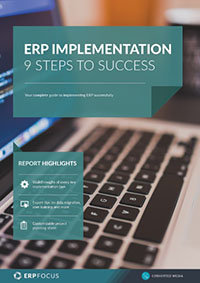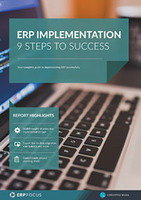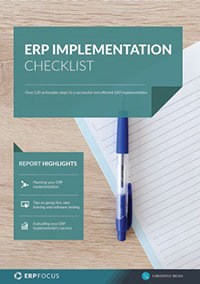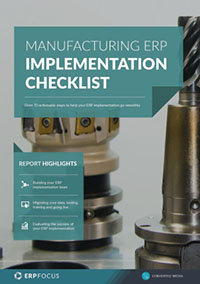International ERP: Implementing ERP in a Multi-National Organization
Try to decide as early as possible who will be on site for an overseas ERP implementation. If your international implementation team is small, and the default answer may be everybody. However, if it is impractical to take the whole team, or if you have multiple international ERP implementations going live at the same time, then a sub- team must be designated.There are lots of reasons to form your on-site team early. First, not everyone has equal interpersonal and teaching skills when interacting with foreign nationals, and you need to assess those skills. Second, not everyone will be available to be a long way from home for two or three weeks at go-live. Third, making sure everyone on the travel team has a valid passport, visa if required, and shots if required, is not something you can do at the last minute. Fourth, knowing early who will be on-site will speed up relationship building, as the business people will gravitate toward the people they know will be supporting them at ERP go-live. And lastly, you might as well have an answer already in hand, because the first question you will be asked by the overseas organization is "Who will be here to help us at go-live"?
Budget Carefully
Once you know who your team is, you can begin planning and budgeting your travel. As far as calculating a budget, come up with a reasonable cost per week of sending a person to the location. Do not be wasteful, but do not be miserly either.If flying is required, think about flying coach class, and subsequently putting your people in better accommodations. People will watch how you spend money. If you fly everybody business class, it can become a PR problem, but you want your people to feel fairly treated too.
Plan on the cost of four trips for each on-site member of the ERP team. The first is to go over fairly early in the process, meet the users, cover the design decisions, and surface any big issues.The second trip is using the budgeted travel money to bring a few key super users over to the home country to participate in a round of integration testing. The third trip is to send the entire ERP team on-site to conduct a mock go live and final round of integration testing. The fourth trip is go-live.
Free Download: Steps to ERP Implementation Success
If you are especially conservative, keep a second wave of support available to arrive a couple weeks after go-live, to relieve the implementation team or assist with specific problem areas. Also remember that the finance teams big go-live event is the first financial close after go live, normally one month later.
All of these recommendations are obviously subject to common sense compromise. The objective is to reduce the implementation risk as much as possible, knowing that your customers number one anxiety is that you will just throw the ERP system over the wall, and give them no support in making it work.
Free white paper

ERP Implementation: 9 steps to success
The 9 proven steps you should follow when implementing ERP

Featured white papers
-

ERP Implementation: 9 steps to success
The 9 proven steps you should follow when implementing ERP
Download -

ERP Implementation Checklist
Over 120 actionable steps to implementing a new ERP successfully
Download -

Manufacturing ERP Implementation Checklist
Over 70 actionable steps to rolling out new manufacturing ERP software
Download
Related articles
-

Change management for ERP implementation: a case study
A real-world example of the benefits of weaving change management into the fabric of an ERP imple...
-

CMMC Compliance: What Aerospace and Defense Manufacturers Need to Know
Key insights on CMMC compliance, deadlines, and securing DoD contracts with CMMC 2.0 certificatio...
-

A guide to the ERP life cycle
The stages of the ERP life cycle

